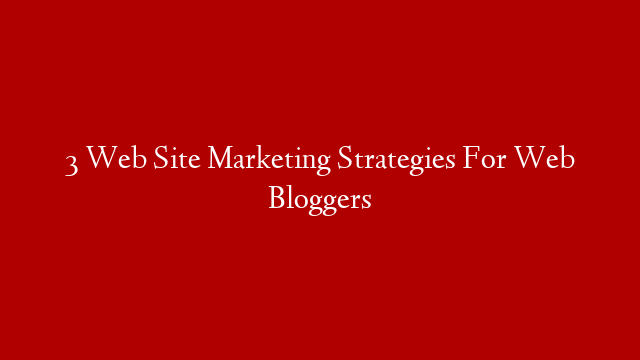Push marketing is a promotional strategy that “pushes” a product or service onto customers. Customers may be unaware of the product or service, or they may be aware but not interested. Either way, the challenge for businesses is to find a way to get customers to take notice and eventually purchase the product or service.
There are several ways to do this, but one common approach is through advertising. Businesses can use various forms of advertising, such as television commercials, radio ads, print ads, and online ads, to push their products or services onto customers.
The main goal of push marketing is to create demand for a product or service. This can be done by creating awareness of the product or service and its features and benefits. Once customers are aware of the product or service, businesses hope they will be interested in purchasing it.
Push marketing is often used in conjunction with other marketing strategies, such aspull marketing and personal selling. businesses may use push marketing to generate leads that can then be followed up with personal selling techniques. Or businesses may use push marketing to create demand that can be fulfilled with pull marketing techniques.
There are several advantages and disadvantages of push marketing that businesses should consider before using this promotional strategy.
Advantages of Push Marketing
The main advantage of push marketing is that it can reach a large number of potential customers quickly and at relatively low cost. This is because businesses only have to pay for advertising space or time, not for customer acquisition costs like they would with personal selling techniques.
Another advantage of push marketing is that it allows businesses to control their message very closely. This is important because businesses want to make sure that their message is clear and memorable so that potential customers will take notice and eventually purchase their product or service.
Finally, push marketing can be very effective in situations where customers are not actively looking for a particular product or service but might still be interested in it if they knew about it. For example, if a business introduces a new type of toothpaste that is more effective at preventing cavities than other toothpastes on the market, it might use television commercials and print ads to push the new toothpaste onto customers who are not actively looking for a new toothpaste but might still be interested in trying it if they knew about its benefits.
Disadvantages of Push Marketing
while push marketing can reach a large number of potential customers quickly and at relatively low cost, there are also some disadvantages that businesses should consider before using this promotional strategy.
First, because push marketing relies on advertising to reach potential customers, there is always the risk that consumers will find the ads annoying or intrusive. This can lead them to develop negative associations with the product or brand being promoted, which could ultimately hurt sales rather than help them



